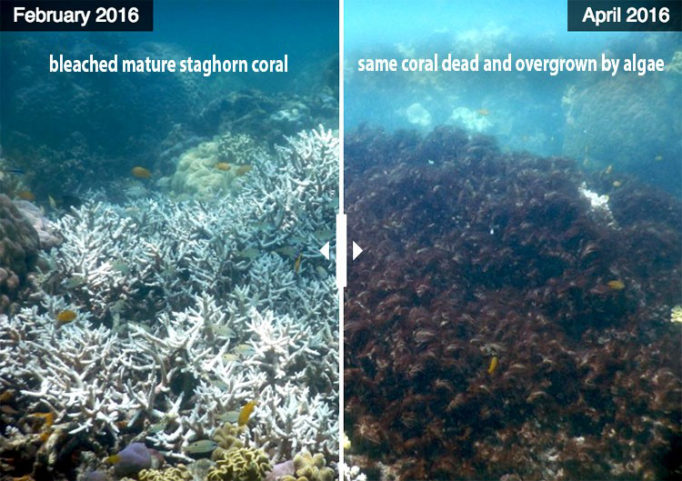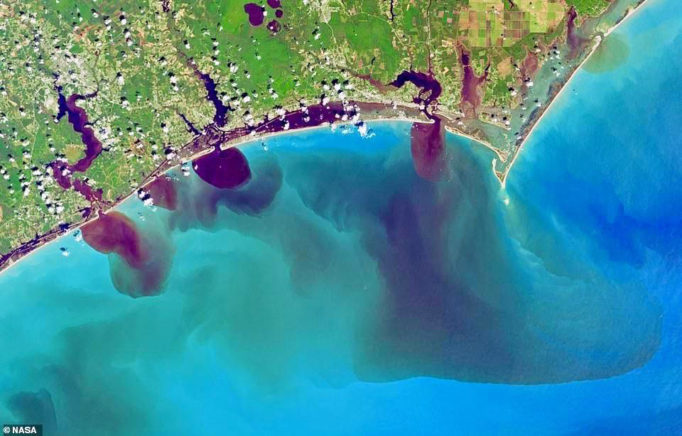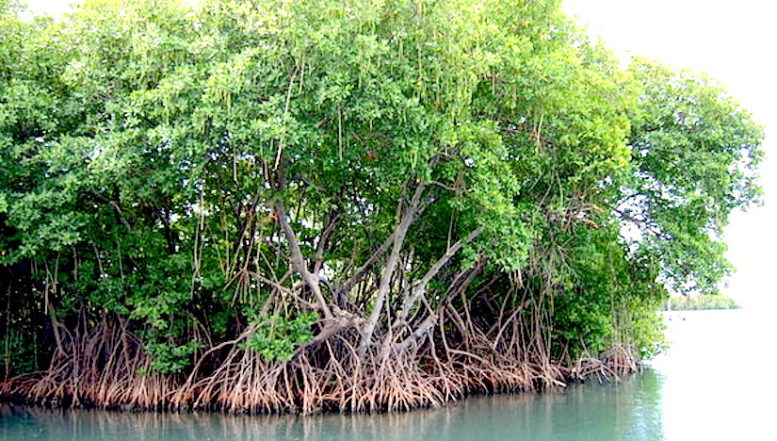Once again the tropical forests of the world are in the news. This time, the forests of the Amazon Basin are experiencing uncontrolled wild fires destroying thousands of hectares of forest that are hundreds or thousands of years old.
Considering the technical abilities available on a global level, I ask: How could this happen? What is the cause? And what preventive measures are available to preserve these forests into the future? This issue affects everyone on a global level.
My research into this issue is concentrated in Asia, more importantly, the Islands of the Philippines.
During the 20th century, ending December 2000, the Philippines enjoyed forest coverage of almost 70%. A report published in 2012 indicates coverage of approximately 20%; a net loss of 50%, mostly due to legal and illegal logging operations with neither respect for re-forestation nor concern for being environmentally sensitive.
I have visited the Los Baños area staying at “Hidden Valley” and took pictures of the oldest – biggest Nara tree I’ve ever seen. A past typhoon unfortunately brought down this majestic tree but it didn’t fall to a logger’s saw. The effects of forest clear-cutting are very visible in the calamities experienced after tropical rains. The landslides, flooding, road and bridge wash-outs, along with loss of life, should be a wake-up call to action. Immediate action should be employed to battle this problem.
Another action that is visible to deforestation is the destruction of mangrove forests along our coastline. Mangrove destruction for fuel and charcoal-making has depleted wide tracts of mangrove forests nationwide that protect our coastline from storm surges, and provide habitats for all aquatic creatures. Charcoal-making is a major culprit, kept alive by the millions of rural and urban poor who rely heavily on charcoal for energy needs in this non-oil and non-petroleum producing country enslaved by expensive fuel imports.
Silliman University Marine Biologists Frances T. Bengwayan and Marjho Cardoza reported on the mangroves in “Current Status and Threats of Philippine Mangroves.” They said, ”the Philippines currently has 30 to 40 mangrove species belonging to 15 families which make the nation one of the top 15 most mangrove-rich countries in the world. It holds at least 50% of the world’s identified 65 mangrove species. But many are struggling to survive against human-induced destructive activities.”
Of the estimated 250,000 hectares of mangrove forests, only 80,000 hectares are left, 40,000 hectares of which are found in Palawan. The loss is a result of a mangrove-depletion rate of 2% to a high of 8% in some areas annually for the past 10 years.
Fishponds in the Philippines are also a culprit for mangrove destruction, predominantly used for the culture of milkfish (Chanos chanos). The rapid development has led to wide areas devoted to fishponds, where mangroves that breed non-fishpond denizens were destroyed to give way to milkfish production. It’s been reported that between 1950-1972, some 70,000 hectares of mangroves have been converted into fishponds. The conversion of mangrove lands into fishponds increased fish production from aquaculture, but decreased production from coastal fisheries.
It is said nature is the best teacher. Indeed, humans have learned the hard way after the chilling 2004 tsunami and 2013 Super Typhoon Yolanda (international code name Haiyan) left thousands of people dead in Asia.

Once more, people were planting trees in their mangroves – from Sri Lanka, Thailand, to the Philippines. They fully realized that mangroves form low-lying thickets that hug the shore and protect coastal areas from storms, hurricanes, typhoons and storm surges in tropical regions around the world.
Coral reef eco-systems near the outflow of the rivers flowing through mangroves into the sea are being poisoned by pesticides, fertilizers, human and animal waste, and most importantly the topsoil silt of the forest and farmland that support the local economies are lost to the sea. The silt covers the ocean bed killing mangroves and the coral eco-system supporting fish populations, thus eliminating an entire food producing industry.

This is indeed a global concern and since the Philippines is right in the middle of this issue, it would be prudent to enact and enforce more vigorous regulations to ensure full recovery, which may take several years to achieve.
About the author:
Timothy Muelder is a retired Facilities Manager of the U.S. Department of State.
